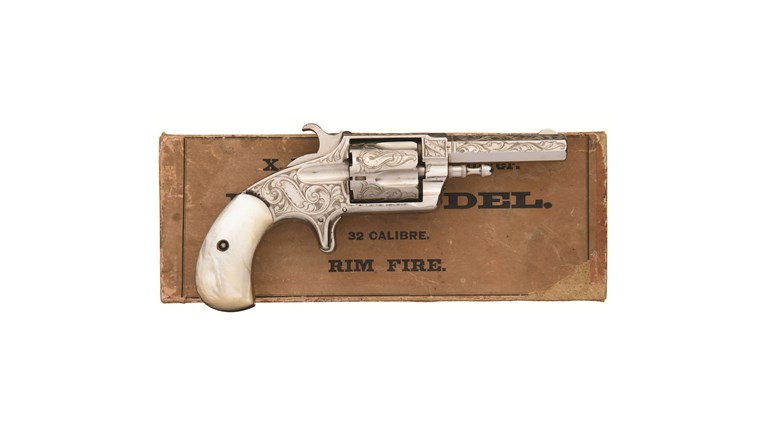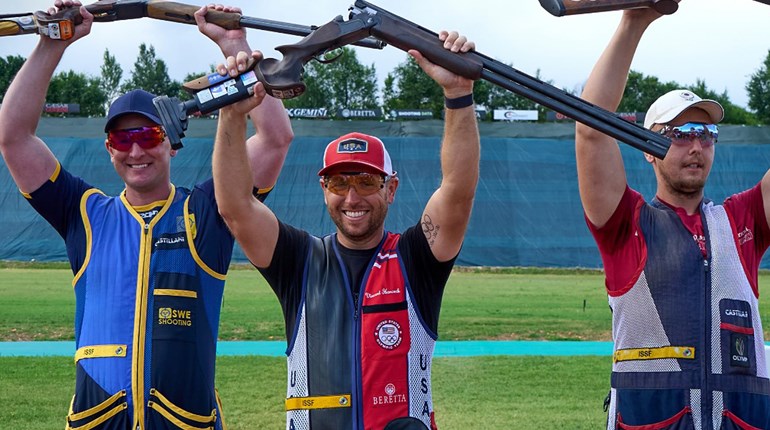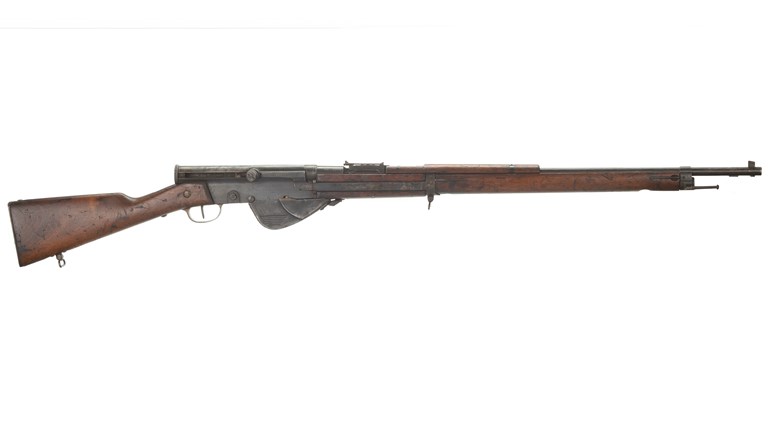
But, the Carcano’s popularity has been waxing in recent years just in time for, and maybe even because of, the centennial of the First World War. This renaissance of enthusiasm is fitting and appropriate because few rifles have written their way into history as uniquely as the Carcano. It was Italy’s first smokeless-powder rifle, it uses a feed system that was ahead of its time and it introduced a set of features and characteristics that would define the modern service rifle for the next 50 years.
From its first shots during the Fatti di Maggio riots in the streets of Milan in 1898, to its darkest hour during the collapse of the Second Army at Caporetto in 1917, the Carcano armed the Kingdom of Italy through troubling and difficult times.
But, it still armed Italian troops one year later when the Entente Powers produced the Austro-Italian front’s greatest victory during the Battle of Vitorrio Veneto. October 2018 marks the 100th anniversary of that battle and, while we pause to reflect on the way that it took the conflict one step closer to Armistice, we also take the opportunity to remember the underappreciated 1891 Carcano and the central role it played in World War I.

When Salvatore Carcano’s Fucile Modello 1891 entered service, it replaced Italy’s Vetterli-Vitali rifles chambered in the obsolete 10.35x47mmR with a smokeless, magazine-fed model chambered for the new 6.5x52 mm rimless bottleneck cartridge. Through the use of the Mannlicher-style internal-magazine-fed system and a bidirectional en bloc clip with six-round capacity, the 8-pound, 10-ounce Carcano offered Italian riflemen a distinct advantage in loading speed. Although lacking the safety features that would ultimately be introduced by Mauser, the Carcano nevertheless placed Italy a step ahead of the French who had adopted the Lebel in 1886.
The Carcano’s design uses a one-piece bolt body with two horizontally opposed locking lugs and the bolt handle, which functions as a safety lug, reciprocating through a split-rear receiver ring. It is a cock-on-open design that uses a hook extractor and a thumb-actuated manual safety that blocks the movement of the striker.
The rifle’s rear sight is a click-adjustable V-notch with graduations between 600 and 2,000 meters, but the shooter can also access a battle sight by simply flipping the rear sight assembly forward to reveal a second non-adjustable V-notch underneath set for 300 meters. The Carcano’s 30.7-inch barrel accelerates a 162-grain, round-nose bullet to 2,300 fps, and that provided the Italians with an incomparable level of ballistic performance by the standards of the late 19th century.

Although carbine versions were in widespread use by 1918, the 50.6-inch-long Carcano Fucile di Fanteria (infantry rifle) remained the Kingdom of Italy’s primary service rifle as the end of the war drew near. After being driven back by the defeat of Caporetto in late 1917, the time had finally come for the Entente Powers to unleash a broad offensive on the front in northern Italy, and that is exactly what began on Oct. 24, 1918.
Italian, British, French, and Czech divisions—57 in all—began moving against enemy positions stretching from the Monte Grappa sector in the Venetian Prealps down to the point where the Piave River meets the Adriatic at Cortellazzo. A regiment of African-American U.S. Army soldiers, the 332nd Infantry, even participated in the offensive. Within three days, the Italian Tenth Army held a bridgehead across the Piave that was 2.5 miles deep and 5 miles wide.
On Oct. 28th, Bohemia declared its independence from Austria-Hungary and Feldmarschall Svetozar Boroević von Bojna, the Austro-Hungarian commander in northern Italy, ordered a general retreat. With that, the Italian Eighth Army surged forward and its advanced echelon had secured the town of Vittorio Veneto by Oct. 30th. The following day, the Italian Fourth Army broke through on the left flank at Monte Grappa, driving the enemy back in that sector as the Eighth Army simultaneously pushed on toward Belluna in the Eastern Dolomites.
On Oct. 31st, the Hungarian parliament proclaimed its withdrawal from the Austro-Hungarian union, an announcement that marked the official dissolution of the Hapsburg Dynasty. This was the 1891 Carcano’s finest hour. Never again would men armed with this rifle produce such a decisive military and political victory.
Instead, the future course of the Italian ship of state would swerve inevitably toward disaster in the Second World War, an indirect consequence of which was that the 1891 Carcano would eventually become an underrated and underappreciated military-surplus firearm. But, if you look back in time 100 years to the Battle of Vittorio Veneto, you can see how this once-innovative rifle helped to bring down an empire and, by extension, how it influenced the outcome of The Great War.






































